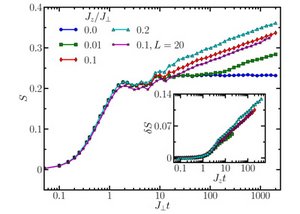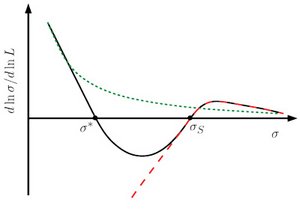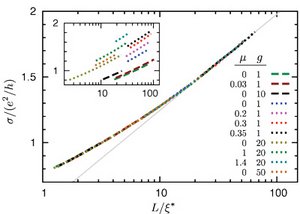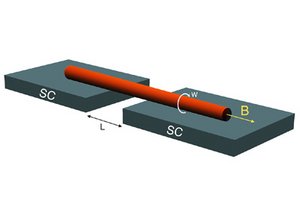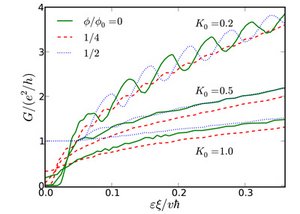The Anderson insulator is a quantum state of matter which does not conduct. This is due to disorder induced destructive interference of the electron wave function; a manifestly non-interacting, single-particle phenomena. What is the fate of this insulating state when the constituent particles interact among themselves? Will it become conducting or will it remain an ideal insulator? If the latter, what are the properties of the resulting insulating state? These are the central questions posed in the field of many-body localization, with the possible insulating phase being many-body localized.
In our work, we have explored the entanglement properties in the many-body localized phase. Preparing the system in a generic non-entangled state, the quantum dynamics are found to generate entanglement that grows logarithmically in time, with a saturation value that follows a volume law. This should be contrasted with the non-interacting Anderson insulator, where the entanglement is local and non-extensive in the same setup. At the same time, particle transport does not take place. The Anderson insulator and the many-body localized phase are thus fundamentally different insulating states.
For further reading see:
Jens H. Bardarson, Frank Pollmann, Joel E. Moore, Phys. Rev. Lett. 109, 017202 (2012)

